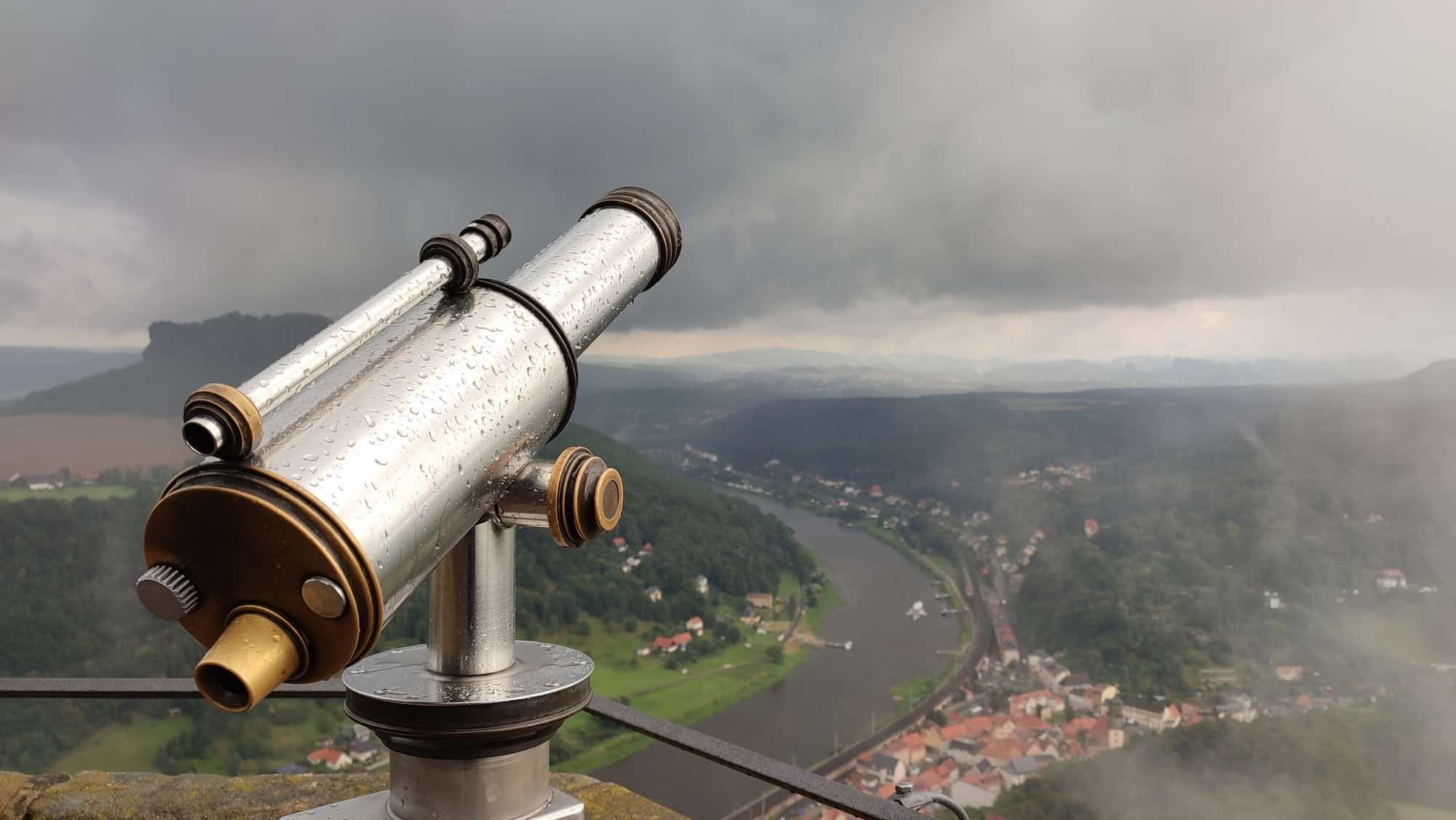As the celestial theatre unfolds above us, the night sky becomes a kaleidoscope of stars, planets, and galaxies. Among these cosmic spectacles, meteor showers hold a distinct charm, captivating us with their fleeting brilliance. A meteor shower paints the dark sky with streaks of light as small particles, generally left behind by comets, enter the Earth’s atmosphere and burn up.
These meteor showers occur throughout the year, each with its unique radiance and timing. However, their beauty can be compromised by the bright city lights. Therefore, find yourself a dark, open space far from the city’s glare to experience the best meteorological show.
A voir aussi : Must-have wardrobe advice for visiting the vatican dress code
This article will guide you through some prime locations for observing meteor showers in the UK countryside. We’ll delve into the meteor showers you can expect throughout the year, their peak times, and how the moon and light pollution affect your view of these celestial events.
Meteor Showers Throughout the Year
If you’re a fan of meteor showers, you’ll be glad to know that they are not rare occurrences. Throughout the year, several meteor showers grace our night sky, some more spectacular than others.
A lire également : Discover london's top attractions with hop-on hop-off buses
The most famous are the Perseids, which peak in mid-August and typically offer about 60 meteors per hour. Then, there are the Geminids in mid-December, renowned for their multi-coloured meteors. Other noteworthy showers include the Quadrantids in early January, the Lyrids in late April, and the Orionids in late October.
Each shower will have a different peak time, often lasting for a few hours. Therefore, planning ahead and checking the meteor shower calendar can significantly enhance your viewing experience.
How the Moon and Light Pollution Affect Your View
When planning your meteor viewing session, be aware that light pollution and the moon’s phase can significantly impact your experience. The brighter the moon, the fewer meteors you will be able to see. Therefore, it’s best to choose a time when the moon is in its new phase or is least visible.
Light pollution from nearby urban areas can also wash out the night sky, making it harder to spot meteors. To combat this, choose a location far from city lights, preferably in the countryside or a designated dark sky park.
The Best Locations for Viewing Meteor Showers in the UK
Now that you know what to look for, let’s explore some of the best spots in the UK to watch meteor showers.
Kielder Observatory, Northumberland
Located in Kielder Water & Forest Park, the observatory is in the heart of Northumberland Dark Sky Park. This area is Europe’s largest area of protected night sky, making it an ideal place for observing meteor showers.
Exmoor National Park, Devon and Somerset
Exmoor National Park was Europe’s first designated International Dark Sky Reserve. Its high cliffs provide perfect vantage points for watching meteor showers against the backdrop of the Bristol Channel.
Brecon Beacons National Park, Wales
Brecon Beacons offers some of the darkest skies in the UK. The park also hosts regular stargazing events, perfect for both novice and experienced sky-watchers.
Galloway Forest Park, Scotland
Designated as the UK’s first Dark Sky Park in 2009, this park boasts very minimal light pollution, making it an excellent spot for meteor shower observations.
Moor House-Upper Teesdale National Nature Reserve, County Durham
This remote location near Newcastle is excellent for observing meteor showers due to its high altitude and lack of light pollution.
Tips for Meteor Shower Observation
Observing meteor showers is not just about finding the right location; it’s also about preparing for the event. Here are a few tips to enhance your experience:
-
Check the weather: Clear skies are essential for meteor shower viewing. Even in the best locations, clouds can obscure your view.
-
Dress appropriately: Nights can be chilly, even in summer. Ensure to dress warmly and bring extra layers.
-
Be patient: It can take up to 20 minutes for your eyes to adjust to the dark. Also, meteors often come in bursts, so don’t be disheartened if you don’t see anything initially.
-
Use red light: If you need to use light, opt for red as it will not interfere with your night vision.
In the end, the experience of watching meteors streak across the night sky is truly unmatched. It serves as a beautiful reminder of our place in the vast cosmos. So, venture out into the night, find your perfect spot, and embrace the spectacle of the meteor showers.
The Northern Hemisphere vs Southern Hemisphere Observations
Observing meteor showers can be a mesmerising experience regardless of where you are on the globe. However, your location within the northern hemisphere or the southern hemisphere can significantly affect what you see in the night sky.
Generally, the northern hemisphere tends to be a favourable location for watching meteor showers. Most showers have their radiant point (the point from which they appear to originate) in the northern part of the sky. This means that observers in the northern hemisphere have a more direct view of the meteors as they streak across the sky.
For instance, the famous Perseid meteor shower, which reaches its peak predicted in mid-August, is best visible from the northern hemisphere. The radiant point of the Perseids is in the constellation Perseus, which is high in the sky for northern observers.
On the other hand, those in the southern hemisphere aren’t out of luck. Some meteor showers, such as the Eta Aquariids in May and the Southern Taurids in November, are best viewed from this part of the globe.
Therefore, while the northern hemisphere often gets a good show, the southern hemisphere has its own set of meteor showers. Hence, it’s beneficial to check the meteor shower calendar specific to your hemisphere and plan your viewing session accordingly.
Preparing for the Best Meteor Shower Experience
Watching meteor showers is more than just a visual experience; it’s about immersing yourself in the cosmic spectacle and becoming a part of the celestial theatre. Here are some extra steps you can take to ensure you have the most memorable meteor shower experience:
-
Plan ahead: Once you’ve chosen your preferred location and meteor shower, check the moon phase. The best time to view a meteor shower is during a new moon or when the moon is least visible.
-
Arrive early: Arriving at your location well in advance gives you enough time to set up and allows your eyes to adjust to the dark skies.
-
Bring a reclining chair or blanket: Meteor showers are best viewed when you are comfortable. Bring along a blanket or a reclining chair, lie back, and watch the night sky.
-
Avoid bright light: Use red light if you need illumination, as it will not interfere with your night vision. Avoid looking at your mobile phone as the bright light can reset your night vision.
-
Bring snacks and drinks: Depending on the duration of the meteor shower, you might want to bring along some snacks and hot drinks to keep you warm and energised.
In conclusion, observing meteor showers in the UK countryside offers an unrivalled experience of the universe’s grandeur. The dark sky parks and reserves across the UK provide prime spots to witness these celestial events. Remember, patience and preparation are key to enjoying this awe-inspiring spectacle fully. So, find your perfect location, settle in, and lose yourself in the cosmic ballet of meteor showers.











